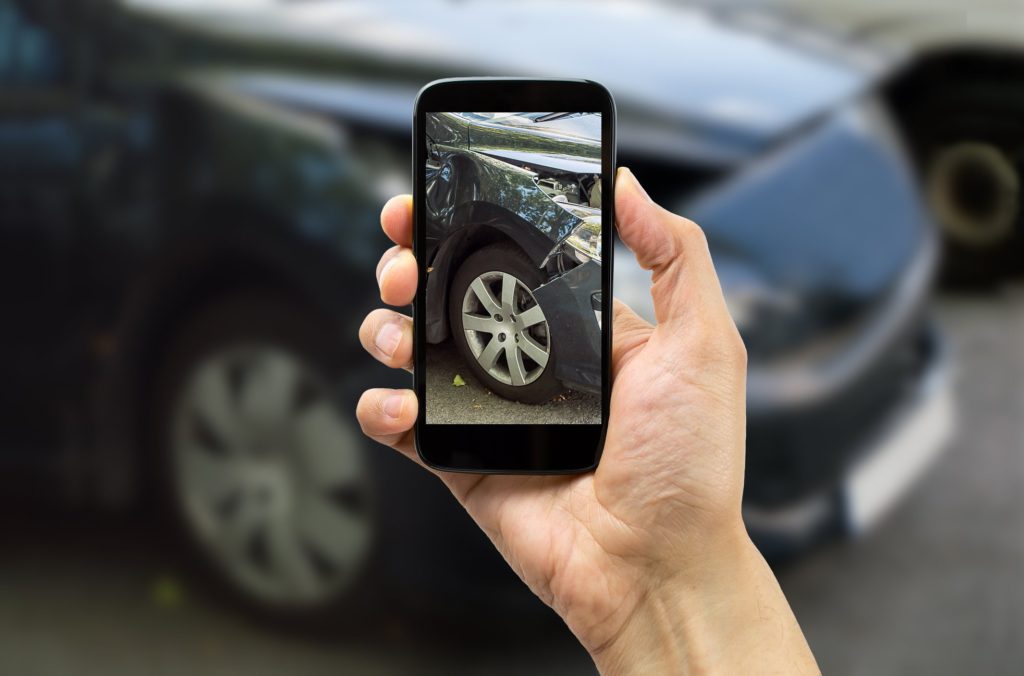Car Accident Photos 101

After an automobile collision that was someone else’s fault, the first priority is to get emergency medical attention for any serious injuries. If you are able, it is important to collect as much evidence as possible to support a claim for compensation. The evidence you gather at the scene can help show how the wreck occurred and who is responsible. Crash evidence is typically moved off the road as soon as possible, and vital evidence could be lost. It is critical to take as many detailed photos of the accident scene as you can.
Why is it Important to Be Prepared to Take Photos?
There can be a great deal of confusion in the aftermath of a car accident. If the crash was caused by someone else’s negligence, having detailed pictures of the accident scene can help establish fault and liability and significantly impact the outcome of your claim. Most people have cell phones with cameras that they carry with them wherever they go. Make sure you have your phone with you or keep a camera in your vehicle, so you are prepared to take photos in case of an accident.
How do You Take Effective Car Accident Photos?
Poor quality or missing photos can affect your claim for compensation after a serious car accident. A picture is worth a thousand words, and clear, well-composed photos can serve as compelling evidence. Take plenty of detailed pictures of everything at the accident scene that may pertain to your claim, including:
- Damage done to both vehicles
- Relative positions of both vehicles
- Any injuries you sustained
- The location of the crash, such as an intersection, a stop light, or a merging lane
- Signage, such as road work or speed limit signs
- Skid marks and/or crash debris on the road
- Road conditions
Take plenty of pictures, from different angles, distances, and perspectives. The best time to take them is immediately after the crash, before the police arrive. Do not use filters or other tricks to make the photos more visually appealing. Their purpose is to show the facts of the accident scene.
Take a few steps back if you can safely do so and get several shots of the entire accident scene from different angles. Capture the positions of the vehicles in relation to each other, the road, and other objects, such as trees, buildings, or guardrails. Also, take pictures of the other vehicle’s license plate and the other driver’s license and registration and insurance card.
Why is it Important to Take Pictures as Soon as Possible After an Accident?
Photos help you document the facts of an accident. After a crash, you may be concerned with finding out if anyone needs emergency medical attention, assessing your own injuries and vehicle damage, and reporting the accident to the police. You may be experiencing some shock from the collision and may not notice details that could be important evidence in your case. Witnesses may disappear, road and weather conditions may change, and critical evidence may be removed from the scene. Pictures taken immediately after a wreck create a record of the scene and help document what actually occurred.